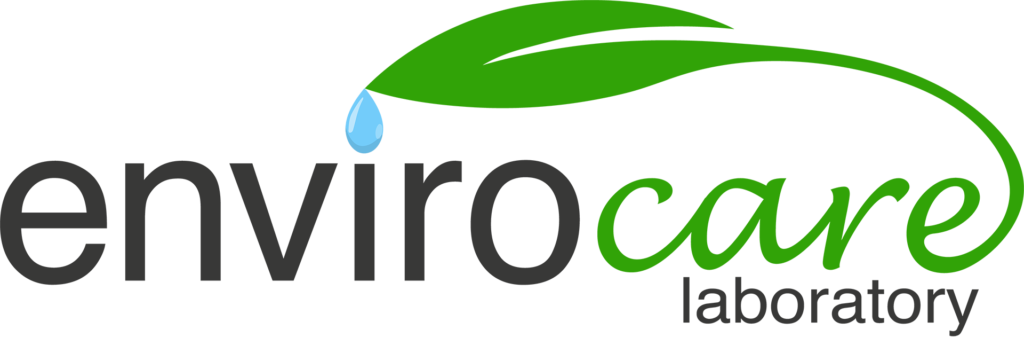Efficient reproduction is the cornerstone of profitable cattle farming. Knowing the pregnancy status of your cows early and accurately allows farmers to make informed decisions that improve herd productivity, reduce calving intervals, and optimise resources.
Traditional pregnancy detection methods like rectal palpation or ultrasound have been used for decades. While effective, they are invasive, require skilled handling, and can only be performed later in gestation.
Modern science offers a better alternative: serology-based diagnostics – a reliable, laboratory-based method that detects pregnancy-associated proteins in the cow’s bloodstream. This approach provides accurate results at earlier stages than traditional methods, with minimal stress to the animal.
Why Early Pregnancy Detection is Critical
Early and precise pregnancy diagnosis enables farmers to:
-
Identify open cows sooner – allowing for timely rebreeding and reducing days open.
-
Prevent production losses by quickly addressing reproductive failures.
-
Optimise nutrition for pregnant vs. non-pregnant animals.
-
Improve herd management decisions around culling, replacement, and breeding programs.
-
Increase profitability through better reproductive efficiency.
How Serology-Based Pregnancy Testing Works
Serology detects Pregnancy-Associated Glycoproteins (PAGs) – proteins secreted by the placenta into maternal circulation. These markers are highly specific to pregnancy and can be reliably detected in blood samples.
Here’s how it works:
-
Sample collection – A blood sample is drawn from the cow, typically 28–30 days after insemination.
-
Laboratory analysis – The serum is tested using immunoassays (e.g., ELISA) to detect PAGs or other markers linked to pregnancy.
-
Results reporting – If PAGs are detected above the threshold, the cow is confirmed to be pregnant.
Because PAGs appear in circulation soon after implantation, serology provides an early, specific, and non-invasive method of confirming pregnancy.
Advantages of Serology-Based Testing
| Traditional Methods | Serology Method |
|---|---|
| Requires skilled veterinarian or technician | Simple blood sample collection |
| Detectable only from ~35+ days post-insemination | Detectable from 28–30 days |
| Invasive and stressful for the animal | Non-invasive and low-stress |
| Results can vary based on human skill | High accuracy and reproducibility |
Studies show that serology-based tests can achieve over 95% accuracy from 28–30 days post-insemination, making them a powerful alternative to manual or imaging-based methods.
When to Test
Serology-based pregnancy testing is most effective when performed 28–30 days post-insemination or natural service.
For additional assurance, a re-confirmation test at 45–60 days helps monitor fetal viability and prevents losses due to early embryonic loss, which occurs in 8–12% of pregnancies.
The Testing Process with Envirocare Laboratory
The process is straightforward, reliable, and farm-friendly:
-
Step 1: Your veterinarian or trained personnel collect blood samples from your cows.
-
Step 2: Samples are submitted to Envirocare Laboratory.
-
Step 3: Our ISO/IEC 17025:2017-accredited team performs serological analysis to detect PAGs with precision.
-
Step 4: Clear and actionable results are delivered, empowering you to make timely and informed herd management decisions.
Why Choose Envirocare Laboratory
At Envirocare Laboratory, we specialise in advanced serology-based diagnostics for bovine pregnancy detection. Our testing services help farmers improve reproductive efficiency by enabling early, accurate, and stress-free detection.
By delivering precise results, we give you the confidence to manage breeding programmes effectively, reduce calving intervals, and increase herd profitability. With Envirocare as your trusted partner, you can take the guesswork out of reproduction and focus on building a healthier, more productive herd.
Get in Touch
Take the uncertainty out of herd reproduction. Contact us today to learn how our serology-based pregnancy testing can support your breeding programme.
📞 Tel: +27 18 294 4283 | +27 71 353 5740
📧 Email: info@envirocarelab.co.za
References
-
Butler, W.R. (2000). Nutritional interactions with reproductive performance in dairy cattle. Animal Reproduction Science, 60–61: 449–457.
-
Diskin, M.G., & Morris, D.G. (2008). Embryonic and early foetal losses in cattle and other ruminants. Reproduction in Domestic Animals, 43: 260–267.
-
Fricke, P.M., et al. (2016). Reproductive management of dairy cows using ultrasound and hormonal strategies. Journal of Dairy Science, 99(9): 7751–7763.
-
Giordano, J.O., et al. (2013). Reproductive performance and economics of dairy herds subjected to different strategies for diagnosis of non-pregnancy. Journal of Dairy Science, 96(11): 7148–7161.
-
Green, J.A., et al. (2005). Pregnancy-associated glycoproteins in cattle. Biology of Reproduction, 73(1): 49–57.
-
Green, J.C., et al. (2009). The use of pregnancy-associated glycoproteins to predict late embryonic mortality in cattle. Theriogenology, 71(5): 747–758.
-
Lucy, M.C. (2001). Reproductive loss in high-producing dairy cattle. Theriogenology, 56(9): 1451–1463.
-
Pohler, K.G., et al. (2016). Use of pregnancy-associated glycoproteins to determine the timing of embryonic mortality in cattle. Journal of Animal Science, 94(4): 1646–1659.
-
Romano, J.E., & Larson, J.E. (2010). Accuracy of pregnancy diagnosis by PAG ELISA in cattle. Theriogenology, 73(7): 1127–1131.
-
Sasser, R.G., et al. (1986). Detection of pregnancy by radioimmunoassay of pregnancy-specific protein B in serum of cows. Journal of Animal Science, 62(5): 1201–1207.


